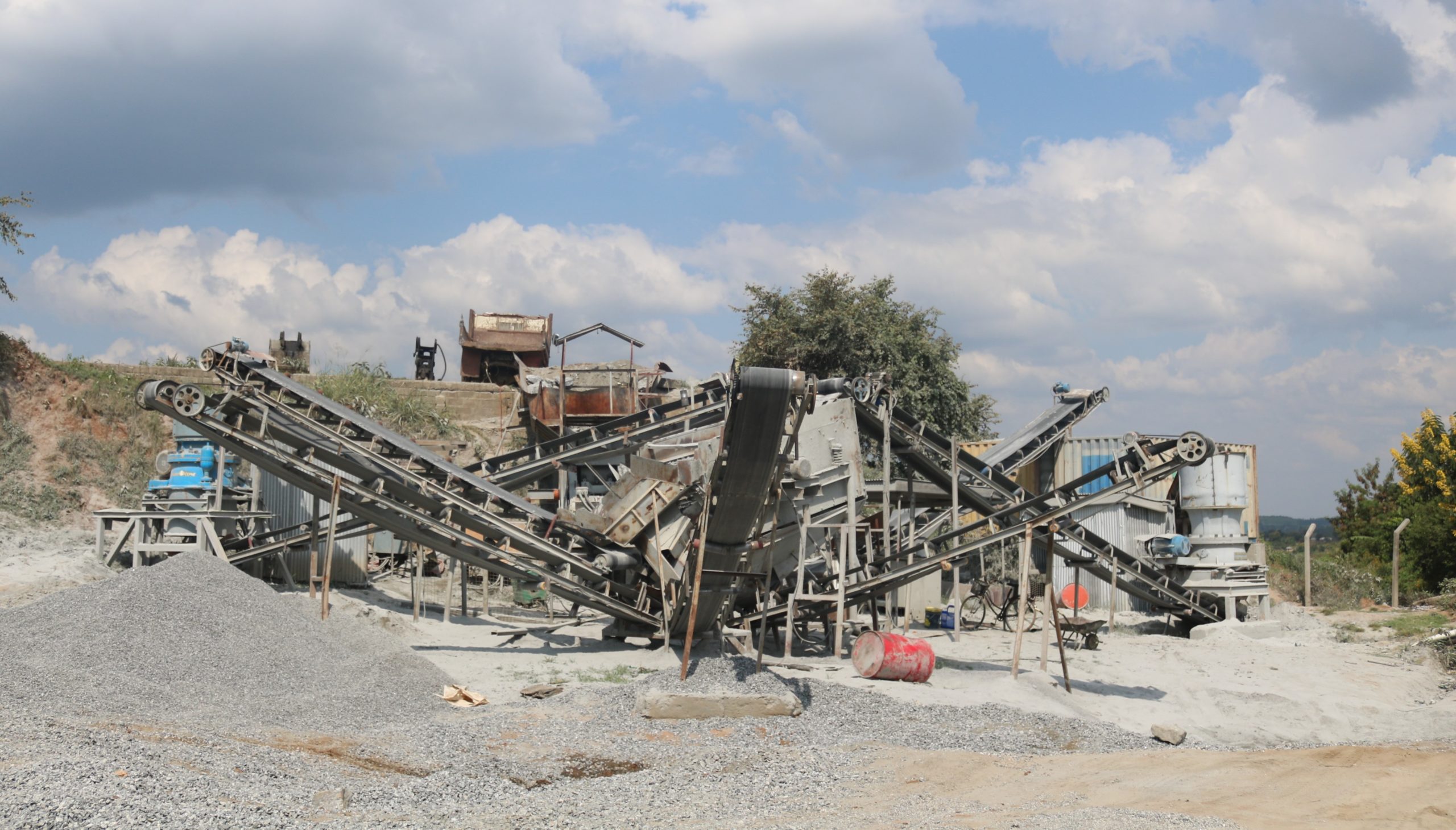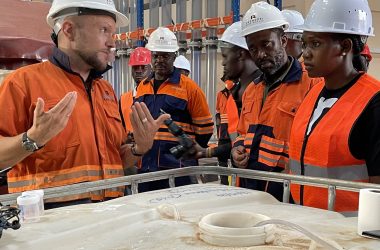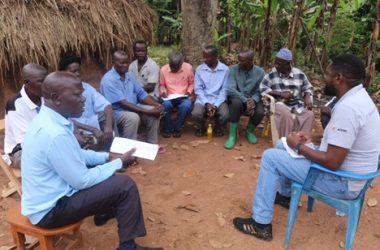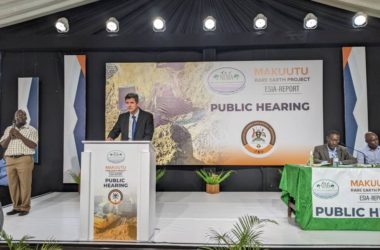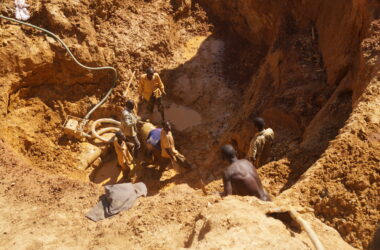In 2016 the ACP-EU Development Minerals Programme was launched to improve the management of development minerals while building knowledge and awareness about them.
As a member of the 40 ACP Group of States, Uganda has approved in the new Mining Bill, the regulation of development minerals whose extraction will be licensed by district Local Governments.
Already, several studies coordinated by development partners, governments and other stakeholders have been undertaken, demonstrating the linkages of the Development Minerals sector to other crucial sectors such as agriculture, construction, manufacturing, pharmaceuticals, among others.
As Uganda works towards ensuring that citizens benefit from its nascent oil and gas sector that’s transitioning to the development phase, 15 years since the 2006 commercial discovery in the Albertine Graben, the development minerals sector presents an opportunity for millions that depend on it and its value chains.
Mined and mostly used locally, Development Minerals, which include industrial minerals, construction materials, dimension stones, and semi-precious stones, are linked to rural communities who largely depend on them.
Think of the sand mining in Kanungu, Wakiso, Mpigi and Kalungu; stone aggregates in Wakiso, Buikwe, Gulu, Lira, Mukono and Kampala; clay in the various swamps littered across the country; and murram all over the country. This is the one realistic linkage ASMs have to the oil sector, whose infrastructure is going to require billion tonnes of materials for all sorts of construction.
A key requirement for national content is that companies and individuals intending to participate in the oil and gas sector should register with the Petroleum Authority of Uganda’s national supplier database; however, how are the ASMs being supported to participate, especially that they are mostly informal?
The Kabaale oil and gas Industrial Park in Hoima District is being touted as the sector’s flagship industrialization hub that will domicile Uganda’s second International Airport, crude oil export hub, the oil refinery and petrochemical and fertiliser industries, and other related infrastructure, all of which require a broad range of inputs, demonstrating the varied industrial applications of Development Minerals.
The Baseline Assessment of Development Minerals in Uganda study evidences that the value of ASM production alone in the Development Minerals sector dwarfs that of metallic minerals (such as gold, cobalt and tin).
The study also shows the potential multiplier effects across its value chains to be substantial, directly and indirectly benefitting approximately 5% of the country’s population, presenting a huge opportunity for Government to support the ASMs to participate and benefit directly from oil and gas.
As the drive for formalisation of the ASMs takes shape there already exist registered associations. With enhanced efforts towards capacity building these could be supported to access much needed financing to boost their operations with machinery to improve production.
Already, in preparation to participate in the oil and gas sector, up to 800 MSMEs have benefited from business trainings and capacity building courtesy of the Stanbic Incubator. Development Minerals ASMs can as well benefit from these initiatives if there are targeted efforts to support them.
The Skills Development Facility has so far supported over 800 companies with over 76,000 beneficiaries in different sectors including tourism and hospitality, ICT, transport and logistics, auto mechanics, construction, manufacturing and agriculture. While Development Minerals constitute an entire sector on its own, with 90% of their extraction attributed to ASMs, there should be deliberate interventions to loop them into the oil and gas sector.
As Uganda pursues her development agenda, key among which is reducing poverty, Development Minerals offer a huge opportunity to achieve this owing to its multiplier effect in as far as impacting meaningfully on rural households in concerned; in particular, harnessing the linkages with the billion-dollar oil and gas sector “to create lasting value”.

